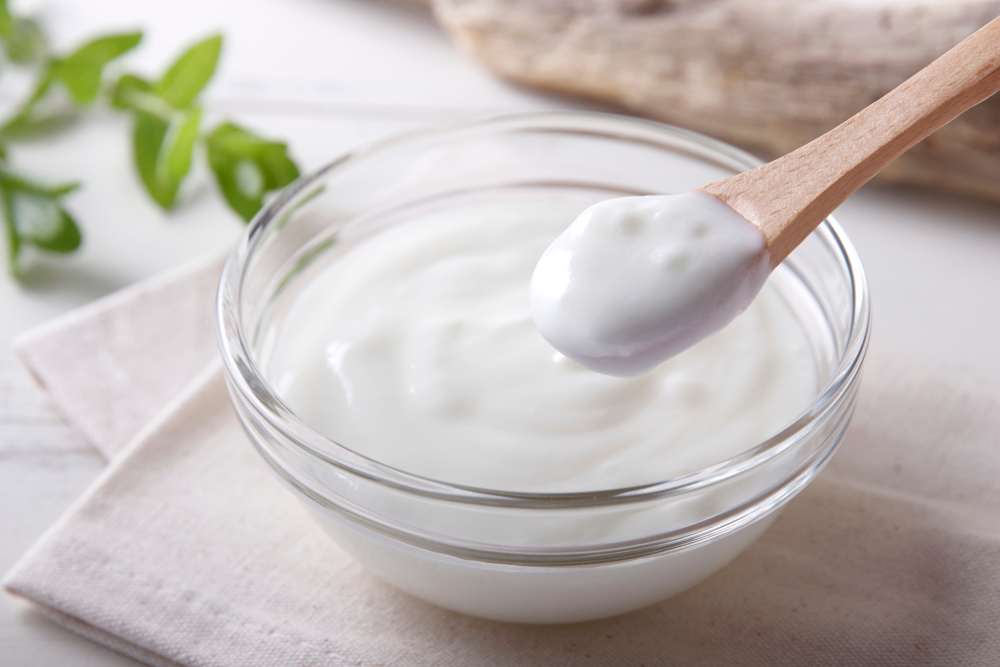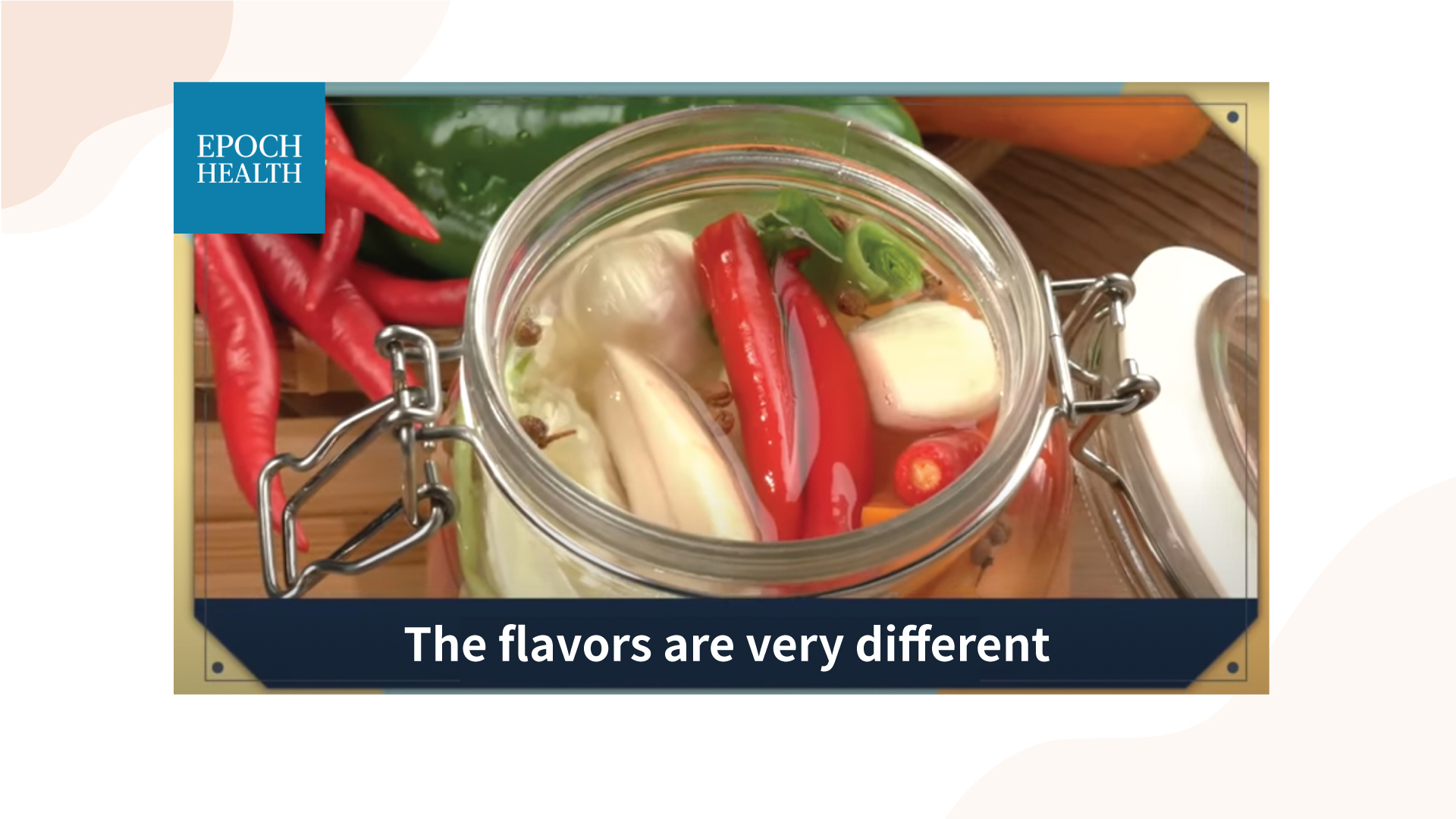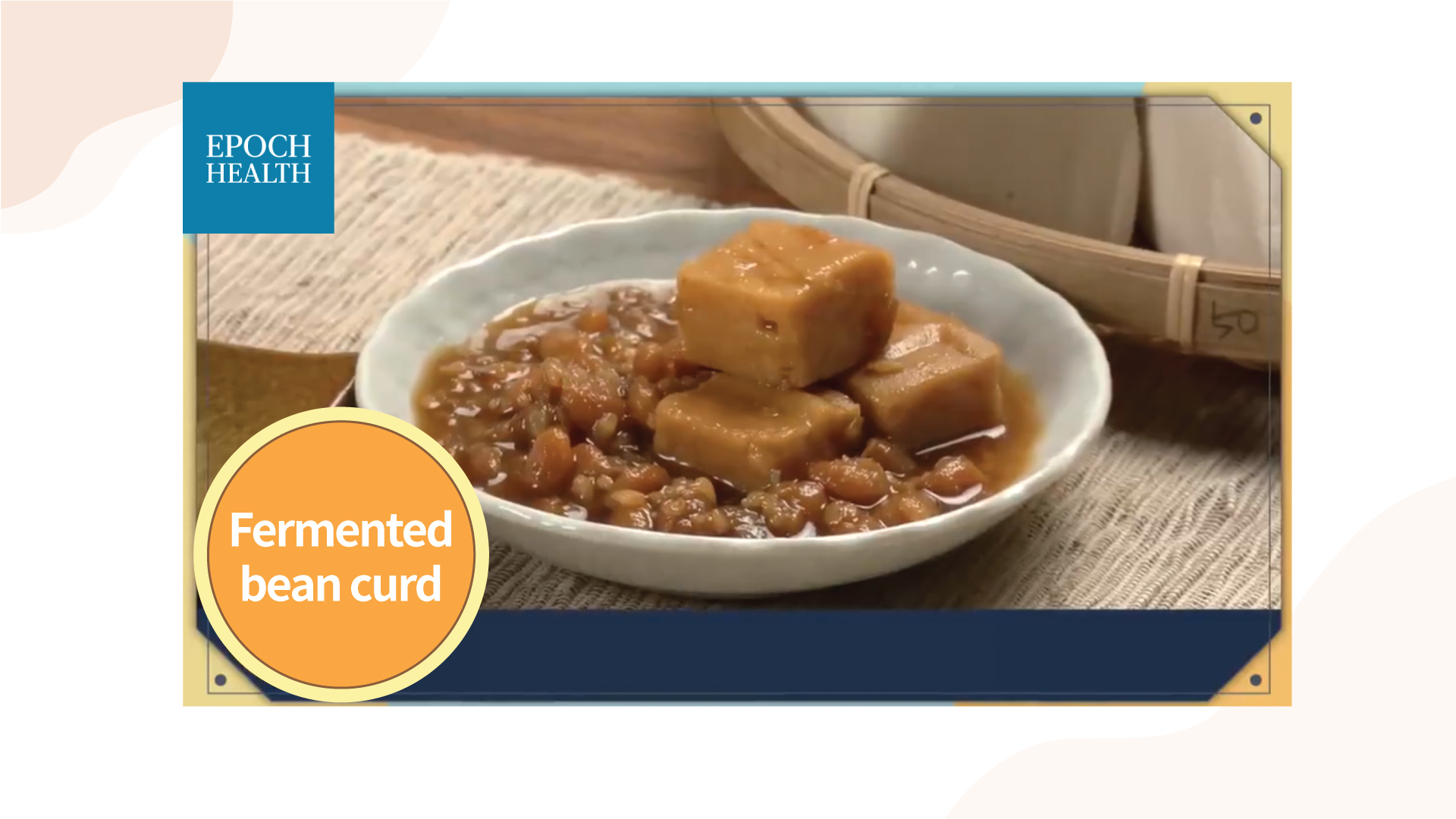


Many individuals spend significant amounts of money on probiotic supplements to boost their immune systems and improve digestion. However, many naturally fermented foods already contain probiotics. Yogurt and kimchi are prime examples of nutrient-rich superfoods that offer these benefits. In this article, we will delve into traditional methods for preparing homemade fermented foods, which serve as a natural way to supplement probiotics. By using these recipes, the entire family can enjoy the nutritional benefits of these delightful fermented delicacies.
A comprehensive review published in the Journal of Advanced Pharmaceutical Technology & Research in 2021 highlighted the role of probiotics in fermented foods in modulating the mucosal immune system, enhancing digestion, and maintaining intestinal microbiota balance. These microorganisms generally possess the ability to boost the immune system’s resistance against pathogens. Lactic acid bacteria found in fermented foods are an example of probiotics that can promote digestive health.
Fermentation is one of the oldest food preservation methods in the world. It is also a food processing technique that reduces and even eliminates toxic compounds.
The body’s enzymes break down consumed proteins into substances like amino acids to facilitate digestion and absorption. However, in the case of fermented foods, the proteins have already undergone the process of fermentation and are converted into substances that can be directly absorbed. In other words, fermentation enhances the body’s ability to absorb the nutritional components of food.
Making homemade fermented foods allows you to control the quality of ingredients and the amount of salt used. It also eliminates any concerns about chemical additives.
When I was young, my family made naturally fermented steamed buns and pickled vegetables with a slightly sour aroma. Having several naturally fermented vegetables as part of our daily meals contributed to our family’s overall health.
Preparation method:
- Start by stir-frying some sea salt and Sichuan peppercorns until lightly fragrant.
- Fill the jar with fresh water, as it helps prevent mold growth and excessive foaming. Add ingredients such as scallions, garlic, cabbage, radish, chili, and garlic cloves for the first batch. Then, add a tablespoon of salt and allow it to sit for five to six days. The kimchi can be consumed once it develops a sour flavor.
- The kimchi from the first batch is usually not very tasty, so it is common only to eat a little bit of radish and not the cabbage.
- For the second batch, add some cabbage and let it sit for about half a day. You can also include sliced cucumbers, which will develop delicious flavors within the same timeframe. The radish should be soaked for a day and can be eaten alone or used in stir-fries with shredded pork.
Tips:
- The ideal temperature range for vegetable fermentation is typically around 64 to 72 F (18 to 22 C). Under these temperature conditions, a wider variety of lactic acid bacteria can flourish, leading to distinct layers of acidity and unique flavors.
- While sour pickled vegetables are delicious, it is essential to consume them in moderation, as excessive intake may negatively affect the tendons.
People who do not consume milk or are lactose intolerant can use soy milk as an alternative.
Preparation method:
- Pour the soy milk into a jar previously used for making yogurt, as it already contains lactic acid bacteria. It is recommended to use homemade soy milk for better quality.
- Cover the jar and refrigerate it. After about a week, the lactic acid bacteria inside the jar will ferment the soy milk, transforming it into yogurt. Soy milk is rich in protein and has a delicious taste similar to milk.
- Add sugar or honey to increase sweetness or berries to enhance the flavor.
Cheese and yogurt have already been broken down by lactic acid bacteria or yeast, forming amino acids. These amino acids are easily absorbed by the gastrointestinal tract, supplying the body with crucial nutrients and thus reducing fatigue.
When I was young, my father would make fermented bean curd by allowing natural mold to develop on the surface of tofu. Its flavor and nutritional benefits were exceptional.
Preparation method:
- Start by draining the tofu and cutting it into small pieces, then place them in a cool, dark area.
- After a few days, a yellow mold will grow on the tofu.
- After a few more days, a pleasant aroma will develop. Transfer the tofu into a jar, soak it in sorghum or rice wine, and add some salt.
- After a few more days, the fermented bean curd will be ready. The longer the fermented bean curd is allowed to age, the more pungent the distinctive aroma.
You can pair the fermented bean curd with rice or porridge or spread it on mantou or bread.
You can add well-fermented bean curd when braising meats like chicken, pork, and trotters. It will make the meat tender, flavorful, and easy to digest.
This is because the enzymes, specifically the molds, in fermented bean curd can quickly break down proteins in chicken, pork, and other meats. As a result, the meats become more tender and can be easily digested without straining the digestive system.
There are numerous common fermented foods, including: soy sauce, wine, vinegar, fermented bean curd, stinky tofu, natto, miso, kimchi, bread, mantou, yogurt, cheese, doubanjiang (fermented chili bean paste), meigan cai, sauerkraut, and more.
Some Chinese medicinal herbs are fermented, such as Shen Qu, Ban Xia Qu, Chen Pi, Luo Han Guo, and more.
These fermented foods and herbs are rich in enzymes that can boost immune function, improve the digestive system, and contribute to overall health.
The human body naturally hosts a diverse range of bacteria, including lactic acid bacteria. These bacteria can be found on mucous membranes in various areas, such as the eyes, nasal cavity, anus, and vagina, serving as a natural defense against external bacterial invasion.
Sometimes, women may wonder why they experience more vaginal discharge. Typically, this is due to overcleaning. Soap and other cleansing products can wash away the natural lactic acid bacteria on the mucous membranes, which allows other bacteria to invade the body. This can result in symptoms such as increased vaginal discharge.
Fermentation has been widely employed in traditional Chinese medicine (TCM) to prepare medicines to treat various ailments.
In TCM, qu fermentation (a traditional fermentation method) is a commonly employed method. For instance, through fermentation, Ban Xia can be transformed into Ban Xia Qu (fermented Ban Xia). Some people may experience numbness in their mouths after consuming Ban Xia. This is because Ban Xia contains compounds with numbing properties.
TCM practitioners recognized the anesthetic properties of Ban Xia, so they fermented it to produce Ban Xia Qu, which no longer possesses the toxic effects of anesthesia. Throughout history, Chinese people have employed this fermentation method to create different types of qu to treat various ailments.
Views expressed in this article are the opinions of the author and do not necessarily reflect the views of The Epoch Times. Epoch Health welcomes professional discussion and friendly debate. To submit an opinion piece, please follow these guidelines and submit through our form here.
What topics would you like to read about? Please let us know at health@epochtimes.nyc



